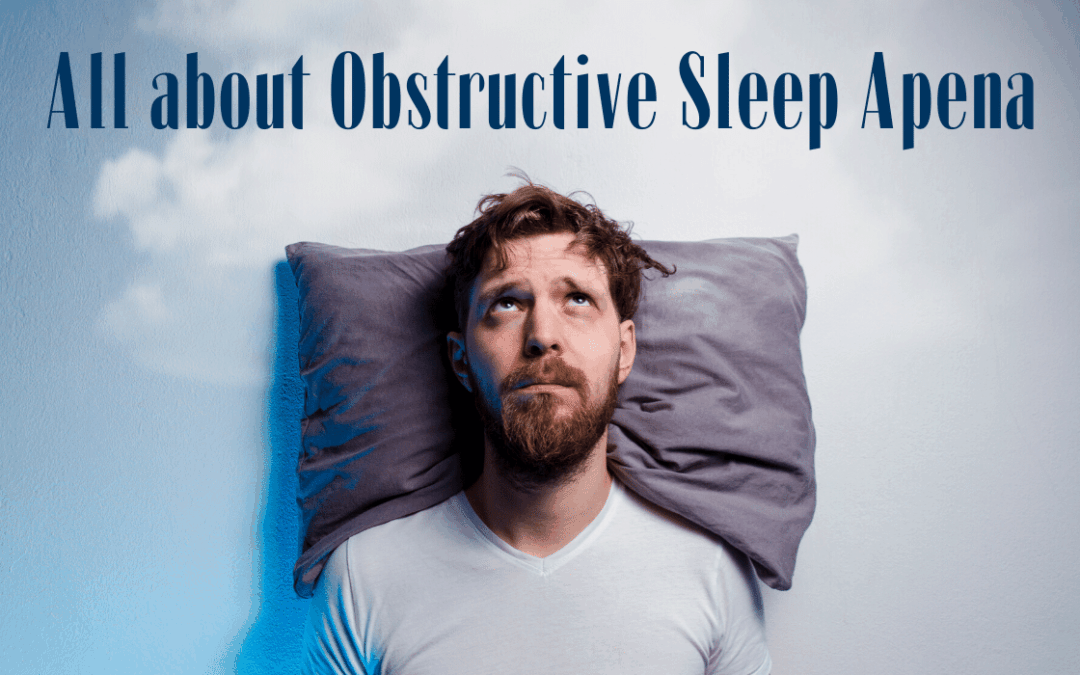Obstructive vs. Central Sleep Apnea
Obstructive sleep apnea should not to be confused with central sleep apnea, which occurs when the brain fails to properly control breathing during sleep. While both conditions are serious obstructive sleep apnea is far more common.
Who Has Sleep Apnea?
More than 18 million American adults have sleep apnea, and many cases are still undiagnosed. Risk factors are as broad as having excess weight, an increased neck circumference, a narrowed breathing airway, advanced age, use of alcohol and sedatives, use of tobacco or other smoking products, nasal congestion and family history.
Sleep Apnea Symptoms
If you have been told you are a loud snorer, then this puts you at a higher risk for obstructive sleep apnea. Another symptom that you may be living with this condition is how rested you feel each morning. If you suffer from insomnia and restlessness at night and find yourself waking up regularly it is a very good idea to talk to your physician about the possibility of sleep apnea. The danger in sleep apnea is not only in how your sleep is affected, but how lack of sleep affects you. Side effects of sleep apnea include difficulty concentrating, depression, irritability, sexual dysfunction, learning and memory difficulties and falling asleep in public settings like work, or even while driving your car. If you choose to ignore sleep apnea you can put yourself at risk for high blood pressure, heart attack, congestive heart failure, cardiac arrhythmia, stroke or depression and this is no small matter.
How is Sleep Apnea Treated?
If you share your bed with another person ask them if you snore loudly, choke or stop breathing in your sleep. If yes, this is a pretty good indication that you may be living with sleep apnea. It’s a good idea to call your medical insurance provider to find out if a referral is needed for a visit to a sleep center.
The most common method for diagnosing sleep apnea is to participate in a sleep study, which usually requires you to stay overnight in a sleep center. A sleep study tracks many aspects of your sleep including sleep state, eye movement, muscle activity, heart rate, respiratory effort, airflow, and blood oxygen levels. The test is used to diagnose sleep apnea and discover how severe it is.
While there are many methods for obstructive sleep apnea, the most common and effective treatment for obstructive sleep apnea is continuous positive airway pressure device (CPAP). CPAP is a mask that is worn over your nose and mouth and blows a gentle stream of air into your breathing passages to assist in keeping them open while you sleep.
Dealing with Your Sleep Apnea
If you are living with sleep apnea some lifestyle changes can help reduce symptoms. Some of these methods include exercise and eating with the purpose of reducing your body weight. Avoid alcohol, as it relaxes the upper breathing muscles to relax and quit smoking, which can swell the upper airway. Be conscious to sleep on your side to lessen the occurrences of sleep apnea.
The most important and effective part of living with obstructive sleep apnea is to use your CPAP machine any time you sleep. Getting enough sleep is the largest factor in maintaining health when you live with this condition. If you suspect that you are living with sleep apnea act today and contact your doctor for a referral to a sleep study. The side effects of obstructive sleep apnea are too acute to ignore. Make sure you get the sleep you need and deserve. Seek help today!

